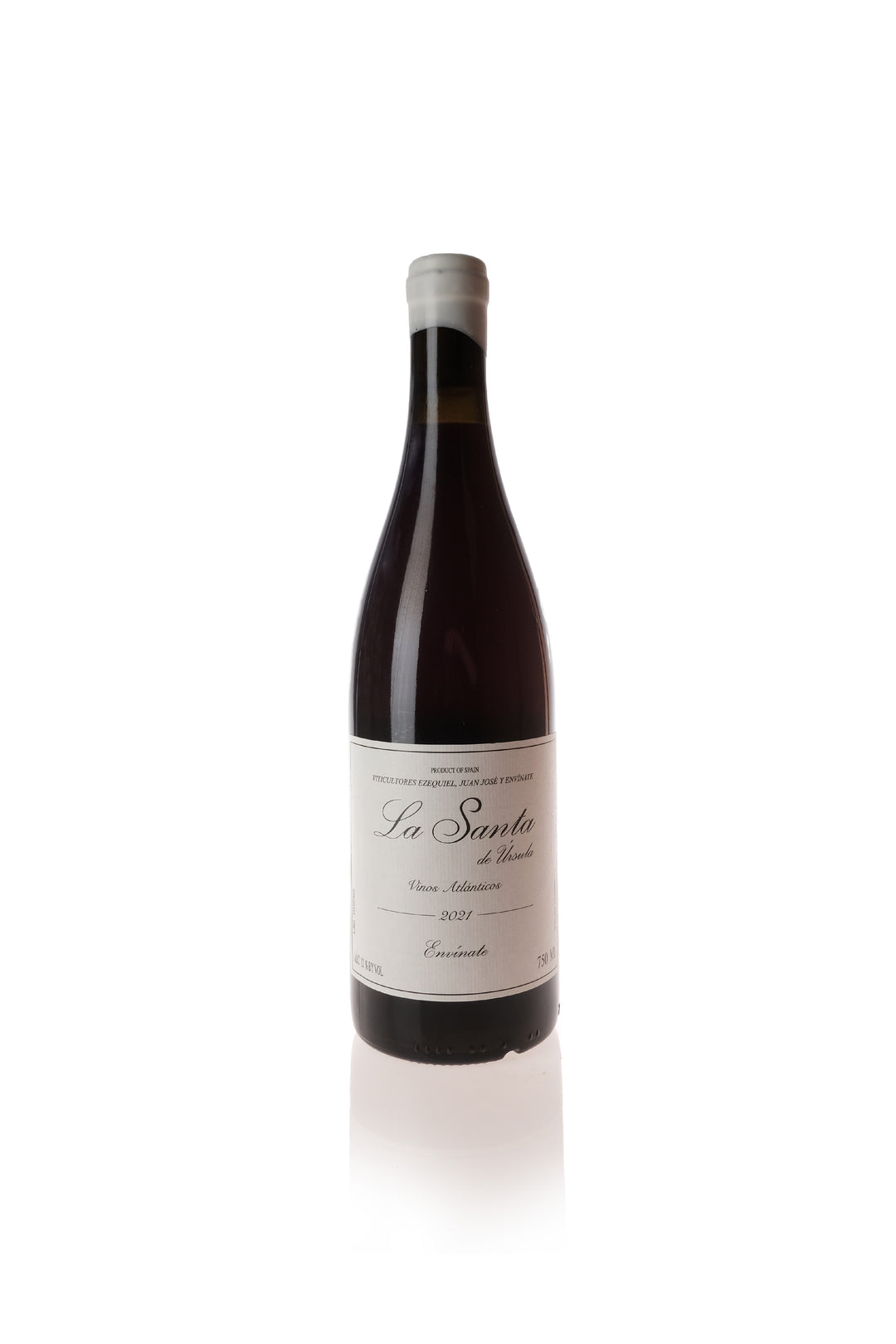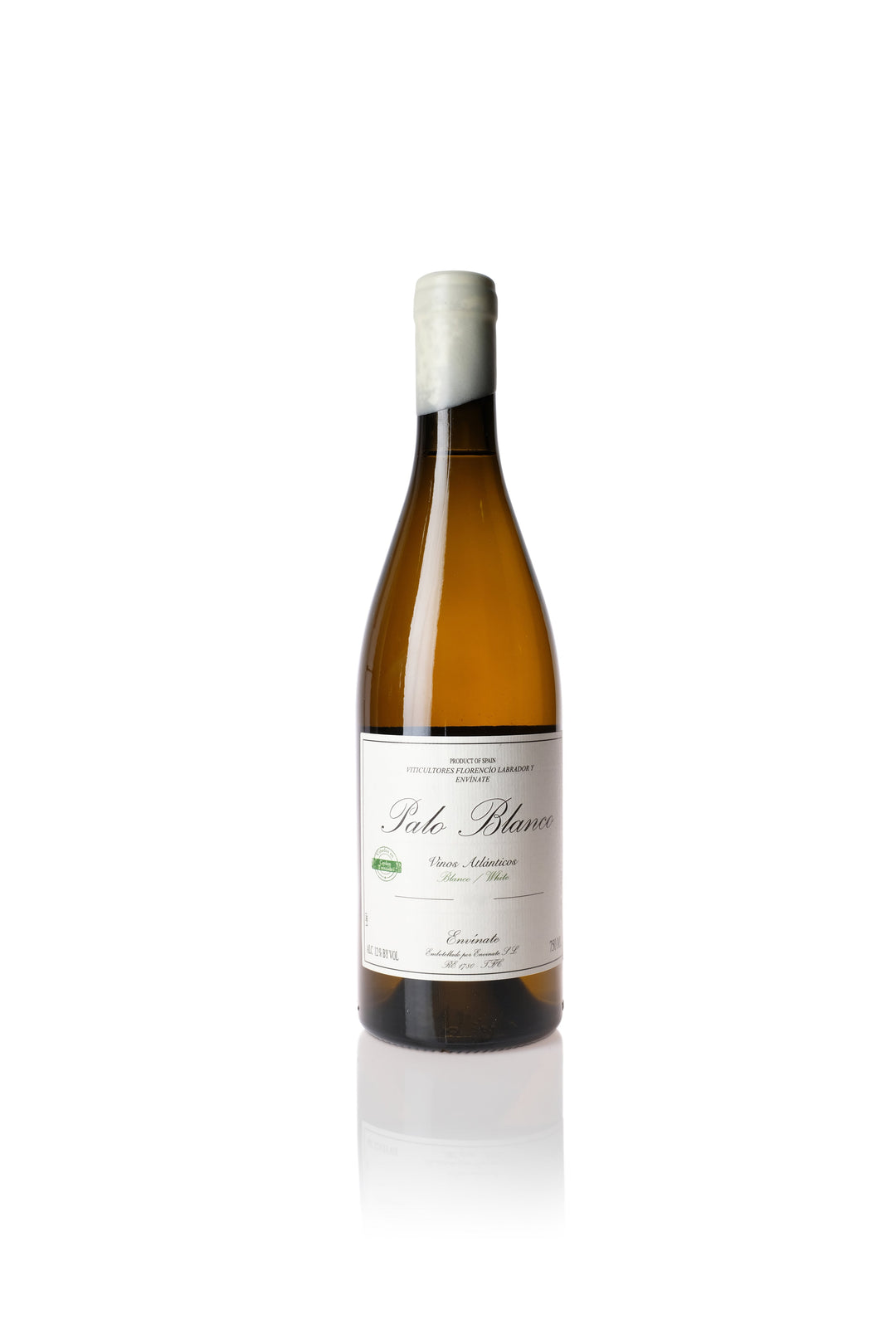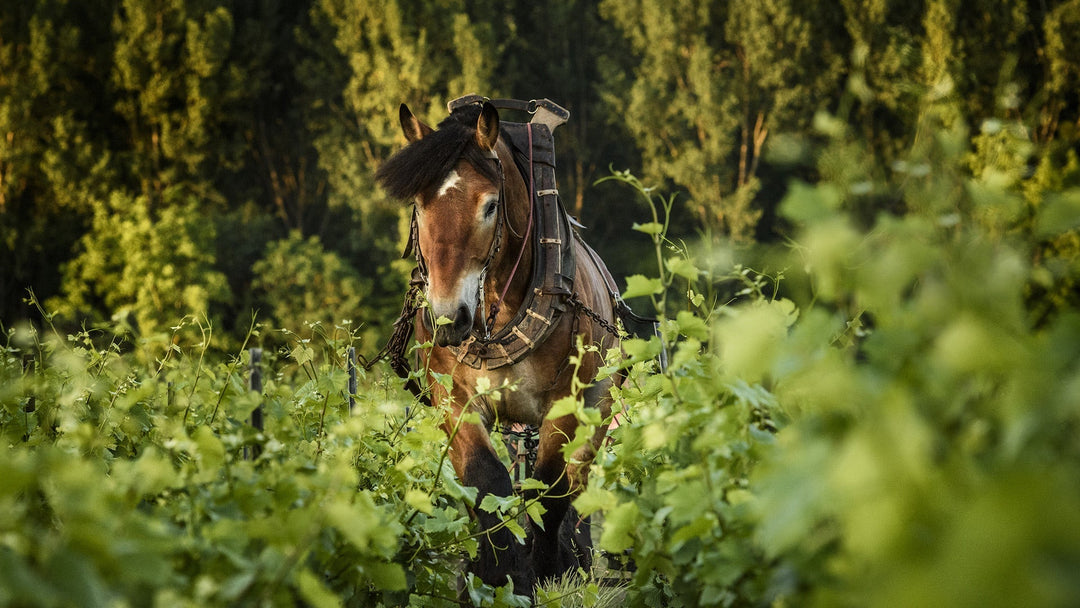ENVINATE
Water reshapes and erodes its surroundings, often over a lengthy period of time. It is to similar effect that The New Spain began reshaping the ideology of what Spanish wine is now. At the forefront of the wave of The New Spain is the winemaking entity of Envinate.
A bit of background is important to comprehend Envinate’s importance not just to Spain, but to the integrity of winemaking. Historically, Spain’s winemaking focused on tradition and volume. Tradition was so integral that sons (and increasingly daughters), were taught to carry the torch of their generation based on it. Don’t ask questions, just do. International grape varieties like Cabernet, Merlot, and Syrah began putting Spain on the international wine map because they were recognizable and suited the preference for bold styles. Big sturdy wines from Priorat, Jumilla, and even Rioja were exported, making their way onto steakhouse wine lists. Americans in particular loved the styles. Eventually, the next generation began asking more questions. Why were things done this way? Why haven’t things ever changed?
Spain has been in the midst of this winemaking renaissance for about 20 years. Lesser known regions are now making incredible wine with a newfound approach that was seemingly unheard of prior. The focus has shifted from wines of power to ones with balance, and bulk production to wine from a singular place. Once, the international varieties reigned supreme, but winemakers of The New Spain movement are literally unearthing the traditional varieties that were grown in each region. Ultimately, the true gage of whether a wine region is up and coming is this—Is Envinate making wine there?
Envinate is a joint venture of four friends, whose founding name means “wine yourself.” After graduating from enology school in 2008, the project began with a single plot of old vine Mencia from Ribeira Sacra. Then Envinate grew. Now they rent and contract from others resulting in work with some 60 growers. The Atlantic-influenced sites mostly reside between Ribeira Sacra and the Canary Islands, and a small project located in Castilla La Mancha. With an old-school mentality, they focus on bringing ancient grape varieties back to life. The profile of their wines is not unlike Beaujolais and Burgundy; lighter bodied, aromatic, acidic, complex, and speak to a sense of place. Their overall purpose has three parts: to showcase the personality of each plot, to convey a sense of the vintage, and to illuminate the character of each grower. These ideologies are commonplace in France and Italy, though it took Spain more time to adapt the “less is more” aesthetic.
“It’s not an evolution, nor a revolution, but rather an involution going back to ancient grape varieties,” states Spanish wine author Luis Gutiérrez. “The future lies in the past.” Discovering some of their vineyards is like travelling through time via Jurassic Park. In the archipelago of the Canary Islands, one of Envinate’s “unicorn” wines comes from Taganan Parcela Margalagua. This is a steep hillside of pure volcanic rock where the vines grow wild and untrained. There is no choice but to hand harvest these low-yielding vines. The vines for this wine range from 100 to 300 years in age, surviving numerous volcano eruptions, as well as no exposure to phylloxera! The resulting wines from the Canaries are fresh and pure, with scents of smoke and mineral. They’re wines that will inevitably transport if you simply allow them.
Ribeira Sacra, proximal to the Atlanic in Galicia, is the other focal point of many of Envinate’s wines. The appellation includes the breathtaking Sil River Canyon, a place not unlike the Mosel River or even the Grand Canyon. The vineyards grow on these hillsides hugging the inside of the canyon with dreamy views, but laborious working conditions. Soils here comprise mostly slate and many vines used are reaching close to 100 years in age. This is a further reiteration of Envinate’s mantra; their goal was never a conventional one.
What separates Envinate from the rest are their ambitions to be completely themselves; their wines are not trying to be the next Rioja or Ribera, nor Burgundy or Jura. Folks in the wine community are trying their hardest to get their hands on Envinate because it’s Envinate. There is an infinite amount of work that goes into vineyard work, travelling to and from each site, communicating with each of the farmers. There are no fertilizers or pesticides used ever. Their wines are the simple byproduct of grape juice introduced to wild yeast. Volcanic soil and minimal intervention are used incessantly around the wine world these days, though Envinate has no interest in buzz words. They are the real deal; this is how it’s done right.
By Brittany Marsh - the CRU











